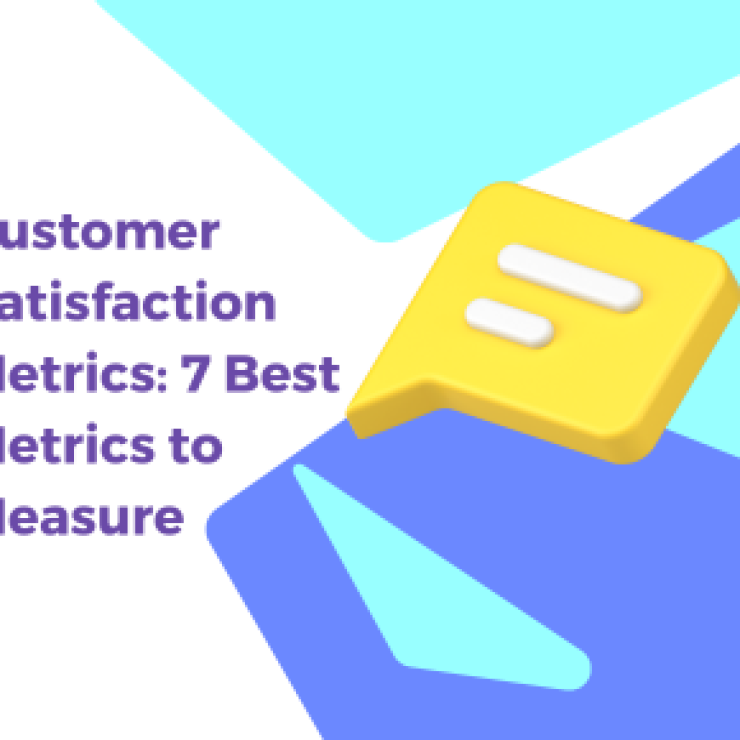Do you ever create a product feature that isn’t needed? It’s frustrating! This is especially true when you consider the time and money spent creating the new feature or solution. All this is because growth is real, and you want your users to be successful. That’s understandable.
What if your approach could be changed to avoid putting your customers off your product? Is it possible? We believe so. Let’s find out how.
Feature creep is the inability of your product to deliver its core value
Hiten Shah is the co-founder of Crazy Egg and KISSmetrics. He also noted, “Why do companies build unnecessary features?” Product management becomes more complicated as product organizations become more complex. There are many stakeholders and teams involved. You must constantly think about your customer base and how you can deliver value to them.
One term, “feature creep,” may prevent companies from delivering the customer value they promise. Shah says that feature creep is one of the most problematic terms in product management. Companies often wonder if feature creep happens when they add many features to their products over time.
He suggests that if you have too many features that don’t increase your product’s value, your company may be unable to deliver the core value of your product. This is a serious problem considering the risks. You’ll waste your time, investors, and money if you’re not bootstrapping. You’ll also end up with a product that isn’t loved or enjoyed by anyone. This will result in a higher churn rate and a decrease in revenue.
What are the causes of feature creep? Let’s talk about them!
Why build useless features?
Is this a natural occurrence? Are you starting to realize that you have added features that nobody uses? Obviously, not. You can’t make a product useless because of certain patterns or reasons.
Let’s take a look at each one individually.
Behavior 1: Too many people are involved in the process
- Who decides what your product should look like?
- Who are the people involved in updating the roadmap?
- Do your investors have a say in the decisions you make?
- Are you being pushed by your marketing team to make your product more competitive?
- What should your software look like?
- Do the co-founders want to add as many features as they can?
The weaker the product updates, the more people will get involved. While everyone will have their own opinions about what you should do, only a few people will be responsible for the results.
Behavior 2: Your paying customers are being ignored
Is it your investors who use your product, or are they the people who pay around $15 per month or $150 per year for your software? Your users will help you increase your annual revenues, even though investors can be a great contributor to your growth. If you ignore their needs, or worse, if you don’t listen to them, there’s a good chance you’ll end up with feature creep as well as a higher churn rate.
Behavior 3: Your customer feedback is not being taken into consideration
You run the risk of not focusing on the right input if you collect feedback. For example, clients who have invested much in your product may ask you to add a feature that solves one of their problems. This feature might be tailored to them but may not be relevant for 99 percent of your customers. This is how you can end up with a lot of useless features.
Behavior 4: You don’t evaluate the product-market match consistently
This is a huge topic, and we will never tire of it. Many entrepreneurs think that product market fit evaluation should be a once-in-a-lifetime task. You should always be aware of new market trends and shifts. Your new features will not align with market demands, and you will lose a lot of money.
Behavior 5: You have a weak product vision
Are you able to envision how your product will look in one year? Do you have a list or a clear vision of the features you would like to see your product look like in a year?
A lack of a clear product view or a clear understanding of what you are developing, for whom, and for what purpose will lead to a lot of “updates and improvements” that no one will use. Your product vision is the heart of your software. A lack of one or a weak product vision can lead to feature creep quickly.
Behavior 6: You want more value but forget that less is better
SaaS companies believe that you can consistently generate massive value. It is easy to understand the need to make your product useful and keep it updated. The users pay for this service. But, just because you have more products doesn’t necessarily mean that your product is better.
It’s clear now why you are at risk of losing better features or creating a product that is difficult to use and learn. How can you stop this? Absolutely! Continue reading to learn more.
How to avoid creating useless features
It is possible to avoid feature creep and create high-quality and valuable features that people love and will use. Follow these simple steps to avoid feature creep:
Step 1: Evaluate how people use your SaaS product
Analyze the user behavior. Are they incorporating your product into their daily workflows? Do they use your software frequently? Are they able to achieve great results using your software? These questions can be answered by tracking users’ behavior and speaking directly with customers.
You can gain valuable insights into the value your product is creating by understanding how users interact with it. For example, you might find that users use your platform for everything marketing-related but that they need another tool to create email campaigns.
This small detail will give you the information you need to improve (e.g., adding an email sequence function). Launching a bunch of features is not a good idea, and assuming that everything will work. Instead, you should carefully examine how users interact with your platform and identify the gaps in your offering.
Step 2: Don’t disrupt your users’ workflow
A new feature that isn’t intuitive or easy to use can often mean more work for users. They need to first learn about the feature and then adapt it to meet their specific needs. This can disrupt their workflow. People will overlook your feature if it isn’t important or relevant.
When you are working on a new feature for your site, think about whether it will increase or decrease friction. The latter is more likely than the former. You want your users to be happy.
Step 3: Instead of creating a fancy feature, create a solution.
This is a huge one. Some people believe adding new features equals adding value. However, adding a new feature without thinking it through carefully can lead to confusion and unnecessary friction. Instead, you should add a solution.
When you are about to launch a new feature for your product design or development teams, make sure you ask yourself if you’re trying to solve a specific problem that was not solved. Don’t bother if you don’t. Connecting with your users is the best way to determine if you are creating a solution and not just a feature.
Step 4: Don’t trust your gut feelings, but the data
Continue the above point. Getting customer feedback will allow you to highlight any burning issues your customers may have. Saasfe is a great tool to help you do this.
With the feedback boards from Saasfe, you’ll get real feedback from your users much easier.
You must ensure that people use the feature to launch it. Therefore, it is best to listen to users and prioritize their feedback before you can turn it into concrete actions.
Do not just create a feature because you think or feel it will benefit your business. Data is essential to support your actions. Without data, there is no solid proof it will succeed. So make an effort to set up feedback collection systems and monitor the input from your users who pay. We promise you’ll find golden nuggets there!
Step 5: Use the framework from step 1 to communicate your new feature
Your feature may be truly revolutionary in some cases. However, if it is not communicated correctly, people will disregard it and think it’s an unnecessary add-on. You should, therefore, carefully consider how you communicate new features. Then, you can use the framework before-after when it comes to new features.
You can create an article for your Changelog, blog, or make a short video that shows how things are now, what was wrong, and how the new feature fixes it. You can create an email campaign to inform your users about the update.
Quick recap
Feature creep a real problem and something you need to avoid. You’ll see many more users quitting your subscriptions and switching to a competitor (your SaaS). You can prevent this by assessing how users interact with your platform and identifying any issues.
It is also possible to keep track of your user’s needs by gathering their feedback, prioritizing what they have to say, and adding pertinent requests to your roadmap. Direct interaction with customers is the best way to get to know them. Nobody knows your customers better than you.
When creating new features, consider whether you are adding stress to the users’ workflow. Do not create features that are too complicated for your users. Focus on the solution and not an elaborate feature.
A cluttered dashboard with lots of options that don’t do much is not what anyone wants. You might end up with a great feature, but people don’t use it because they don’t know about it. So, communicate any updates clearly and promptly.




